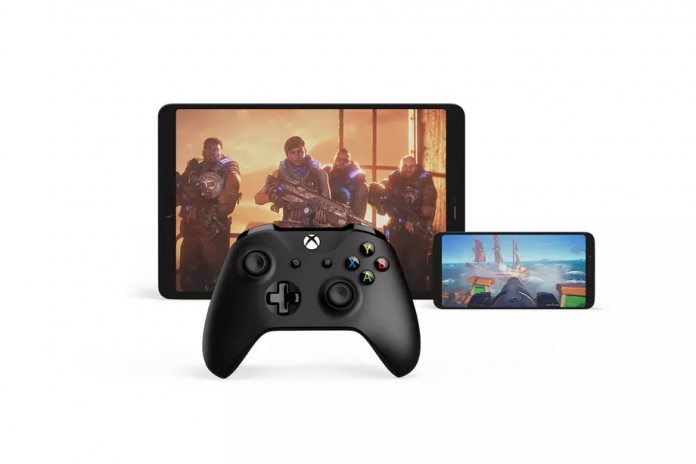The Verge reports the trial between Epic and Apple (Epic Games v. Apple) that Microsoft landed some peers in trouble while fighting its case with Apple. When trying to get xCloud accepted, the company pointed to other streaming apps. Microsoft argued these apps, including Shadow, do what Microsoft was trying to do. During the trial, Microsoft’s head of business development for Xbox, Lori Wright, explains what happened after: “I believe [Apple] ended up pulling Shadow out of the App Store based off this email we sent until they submitted changes. That was not our intention, of course, it was a byproduct.” It seems Wright forgot to say, “oops”.
Ongoing Battle
It’s worth recapping what the problem with Apple’s App Store revenue is. Apple is threatening to stop Epic accessing its iOS and macOS developer features, including its Unreal Engine SDK. The company’s stance comes from the popular Fortnite game violating the terms of the App Store. Those terms state all developers must give Apple 30% of all revenue they make. As long as the freemium Fortnite was on the store, it was paying this revenue. However, Epic also provides users a way to play the game through their own website. This violates Apple’s terms, with the Cupertino giant stopping dev’s from offering alternatives. Apple reacted by banning Fortnite from the store because of the alternative route to play the game. Epic hit back by suing the company for antitrust monopoly practices. Microsoft took the side of Epic Games following its own complaints against Apple. Microsoft’s sympathy with Epic came from its own beef with the App Store. The company had previewed Project xCloud, it’s cloud game streaming service, on iOS for nearly a year. However, close to launch the company pulled the app from the App Store. It seems for the same reasons Epic got into a battle with Apple over. Rather than fight, Microsoft simply removed the service and is looking for other ways to deliver xCloud to iPhone users. Tip of the day: If you need to create an ad-hoc network, you can do it on Windows 10. In our tutorial we show you how to easily create a shareable wireless internet connection in Windows 10 as a free WIFI hotspot.




